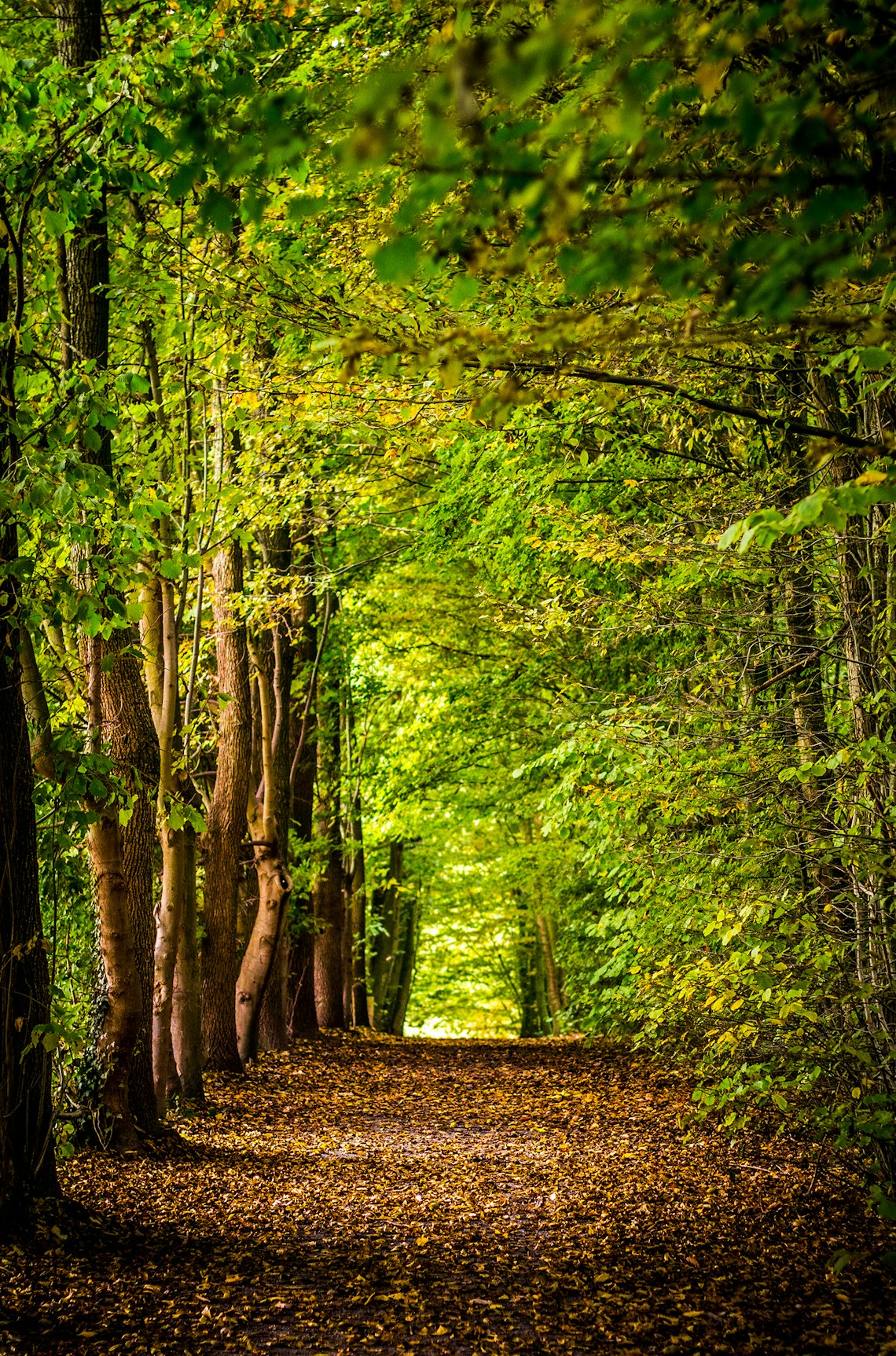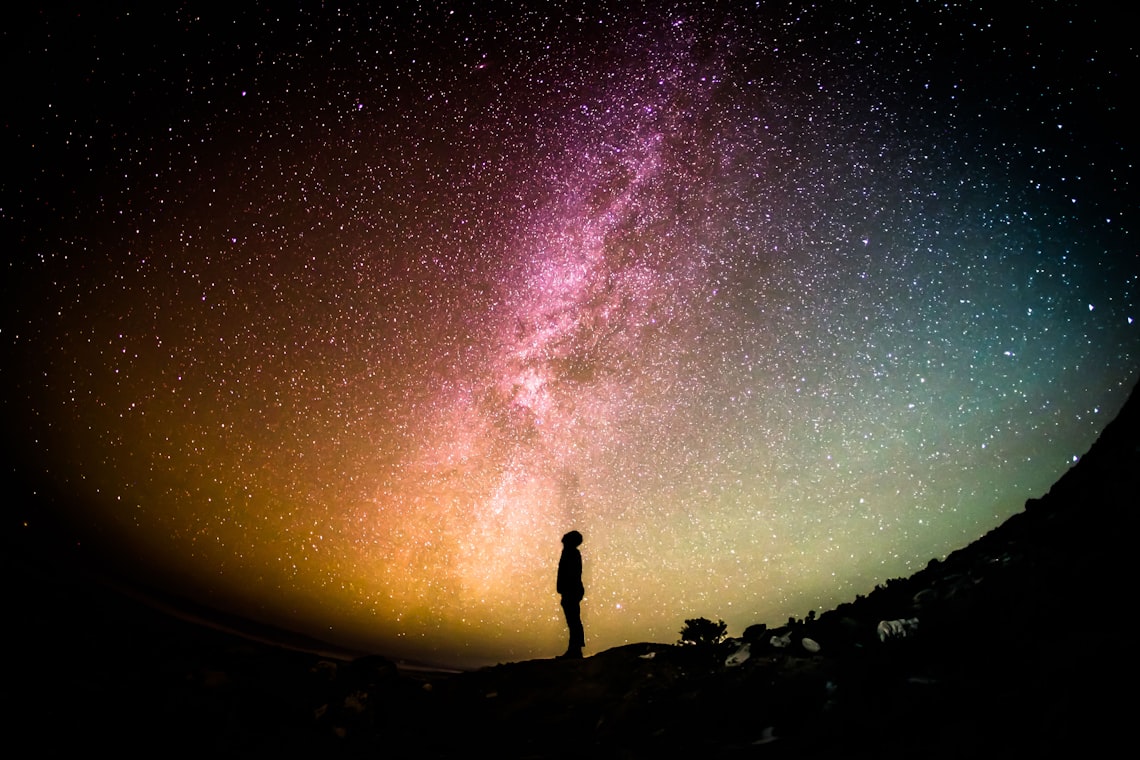Once upon a time, in a not-so-distant future, there existed a planet called Earth. It was a beautiful place, abundantly rich in resources, diverse in ecosystems, and home to millions of unique and fascinating species. However, as the years went by, an invisible threat began to quietly weave its destructive web.
The human population on Earth had been soaring. People were multiplying rapidly, and their demands for food, water, and energy were increasing at an alarming rate. Little did they know, their actions were pushing the fragile balance of the planet to the brink.
It started with the burning of fossil fuels for energy. As more and more people sought comfortable lives, electricity consumption skyrocketed. Power plants churned out massive amounts of carbon dioxide into the atmosphere, trapping heat and contributing to the gradual rise in temperature. This phenomenon, known as climate change, soon became a grave concern.
With the growing population, deforestation became rampant. Forests, the lungs of the Earth, were being decimated to make room for agriculture and urbanization. This led to the loss of biodiversity and the release of immense amounts of stored carbon into the atmosphere. The delicate balance that had existed for centuries was disrupted.
The expanding cities emitted copious amounts of pollution. Vehicles clogged the streets, factories spewed toxic gases, and waste piled up. These pollutants not only poisoned the air but also contributed to the destruction of the ozone layer, allowing harmful ultraviolet radiation to seep through to the surface of the Earth.
As resources dwindled and temperatures rose, the effects of climate change became increasingly evident. Sea levels began to rise, swallowing coastal communities. Extreme weather events, such as hurricanes and droughts, became more frequent and intensified. Agricultural productivity declined, causing food shortages and hunger.
Scientists and environmentalists around the world sounded the alarm, calling for immediate action to mitigate the impacts of climate change. They emphasized the crucial role that population control played in sustainable development. It was clear that unless the population was stabilized, the Earth would continue to suffer.
Efforts were made to educate people about the importance of family planning. Access to contraceptives and sexual health services was promoted, empowering individuals to make informed choices about family size. International cooperation was encouraged to address the issue globally, recognizing that overpopulation was a shared responsibility.
Slowly but surely, progress was made. Technology advanced, making renewable energy sources more accessible and affordable. Forest conservation efforts were intensified, and sustainable agricultural practices were adopted. Governments and communities worked together to develop policies that promoted environmentally conscious living.
Gradually, the planet began to heal. The rising temperatures stabilized, and the impacts of climate change started to recede. The delicate ecosystems that had been on the brink of collapse showed signs of resilience. Earth, once again, became a harmonious home for all its inhabitants.
As the story draws to a close, remember that the connection between overpopulation and climate change was a lesson learned the hard way. The people of Earth realized the importance of protecting and preserving their beloved planet. They understood that their actions had consequences and that sustainable practices were vital for the future of their species.
Let this be a reminder to us all, as we navigate our own reality, that the choices we make today will shape the world we pass on to future generations. We hold the power to ensure that our planet thrives, providing a safe and healthy home for all who call it their own.




